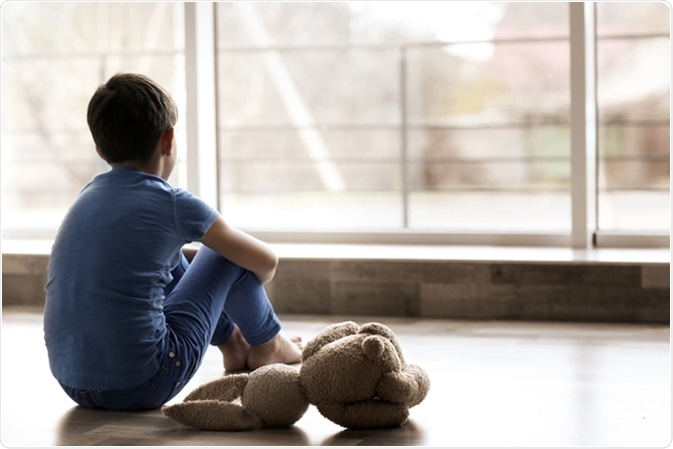For The Latest Medical News, Health News, Research News, COVID-19 News, Pharma News, Glaucoma News, Diabetes News, Herb News, Phytochemical News, Thailand Cannabis News, Cancer News, Doctor News, Thailand Hospital News, Oral Cancer News, Thailand Doctors
There are certain phases during childhood in which social anxiety is experienced by a majority of children; it is a very common condition. This phase is not permanent but passes away as the child gets older. However, some children are unable to overcome such anxiety, which may turn into a source of ore serious anxiety disorders.
Social anxiety disorder is usually divided into two main categories: the first one focuses on social performance, which includes abnormalities such as talking in the classroom, and throwing tantrums. The other is targeted on social interactions, such as when the child is afraid of making new friendships, or has a fear of going to school.
The average age of onset of social anxiety disorder in children is 13 years, but in fact this phobia may start even at the age of 3 or 4 years. Parents need to prioritize early treatment of the condition before it worsens.

Children with social anxiety disorder show some signs and symptoms not seen in normal children. These may be physical, emotional, or behavioral. They include:
The main causes of social anxiety disorder are explained below in brief:
Patients with childhood social anxiety respond well to psychological therapy compared with self-help treatment methods in such children. The main aim of treatment is to change the child’s behavior from provoking the disorder.
The two common techniques of treatment of social anxiety in children are psychotherapy and pharmaceutical therapy.
Psychological treatment may be summarized by the two chief modes of therapy, namely:
This treatment technique involves the use of medication in order to alleviate the symptoms of anxiety when the child confronts the anxiety-inducing situation. Behavioral therapy is helpful and effective in a subcategory of children. However, drugs such as SSRI (selective serotonin reuptake inhibitors) have been experimented with and have been found to be effective in managing several symptoms of social anxiety disorder. Beta blockers are one category of medication that help in confronting the fear and reducing symptoms such as sweating and palpitation.
Children usually trust their parents. The connection or bond between the child and parents is very strong. So it is very important that parents should participate actively and have the leading role in guiding their children through anxious situations or dealing with the anxiety disorder. To this end, some tips are available to help parents and caregivers to facilitate successful management of this disorder at home, such as:
To some extent, social anxiety disorders may add stress to family life. Therefore, it will be helpful for parents to build a support network with relatives and friends, or with their peers in similar situations.